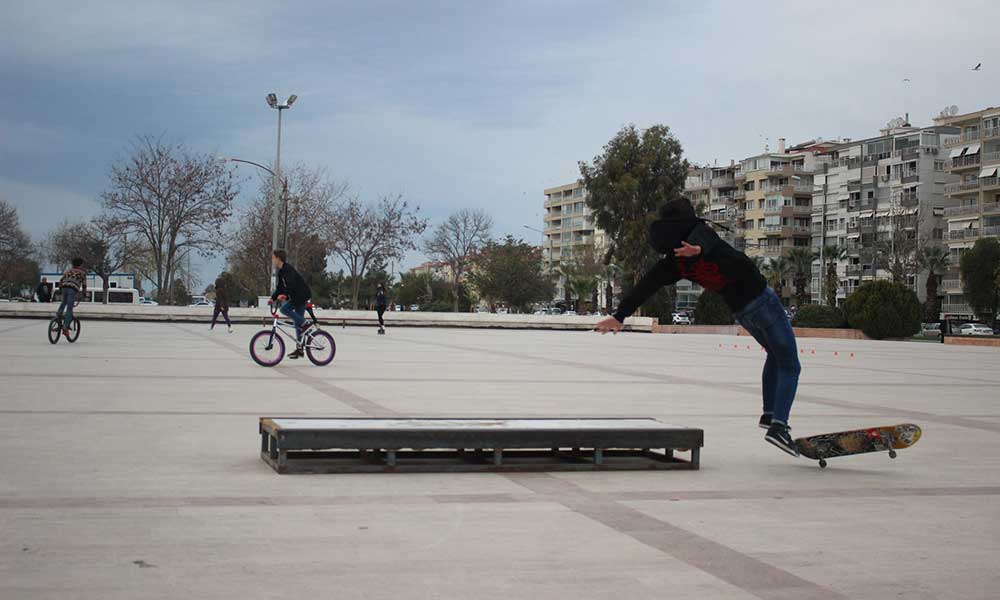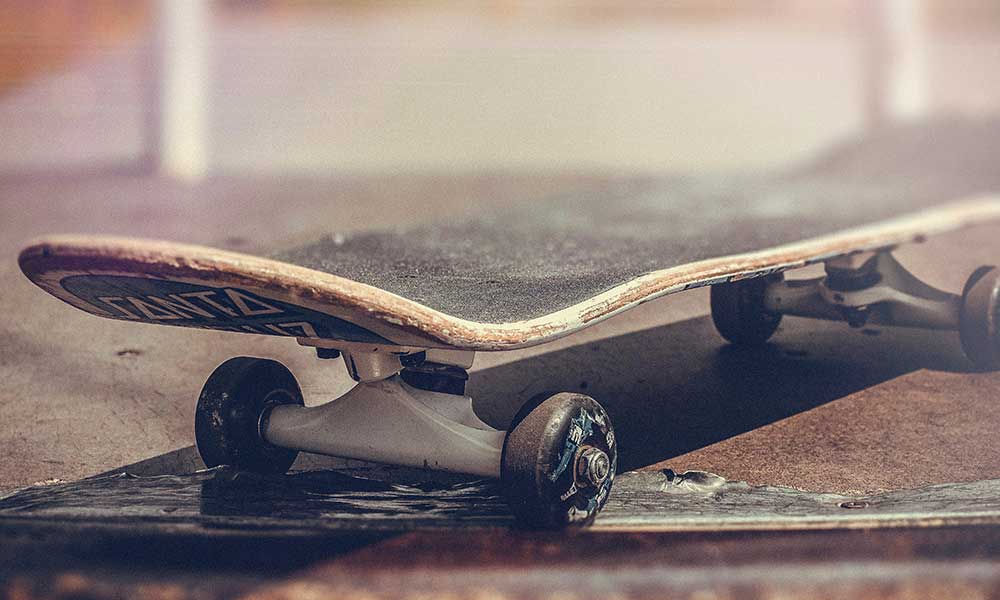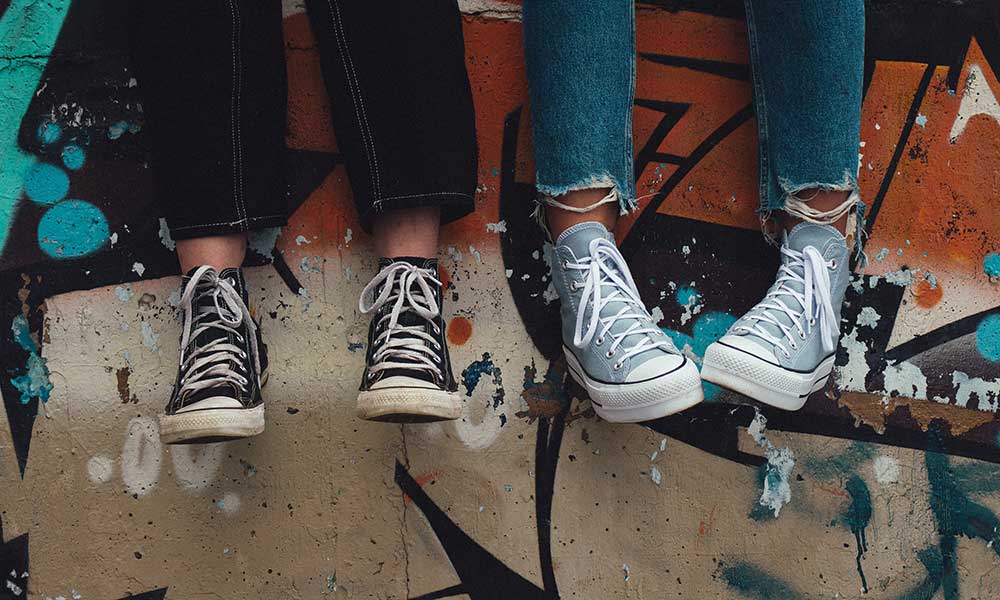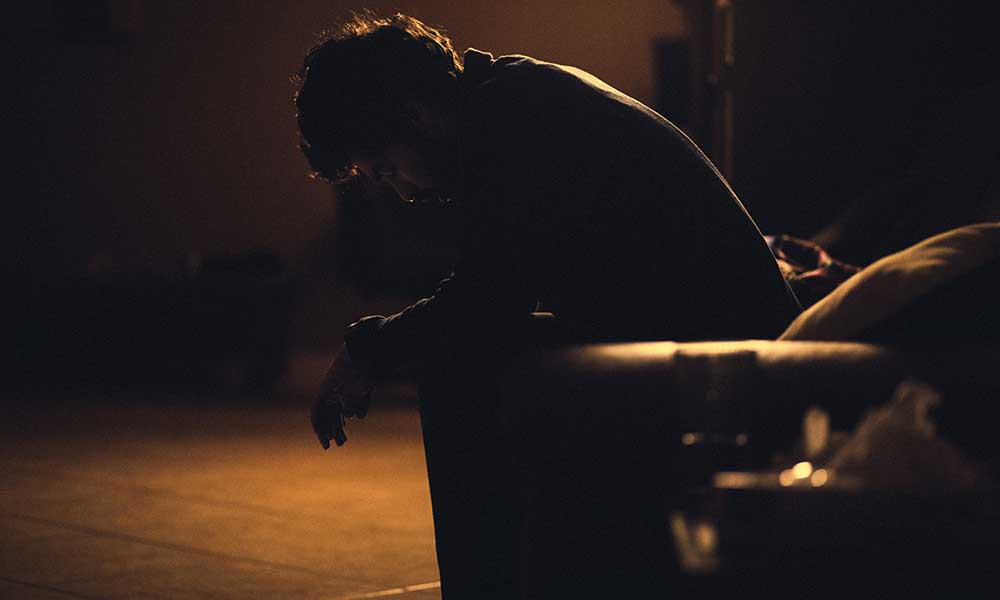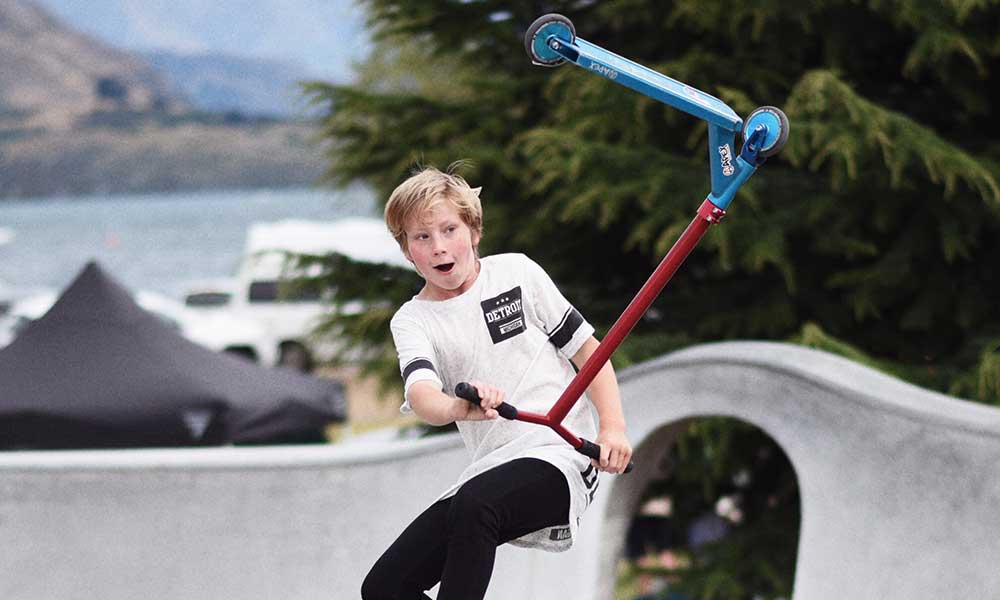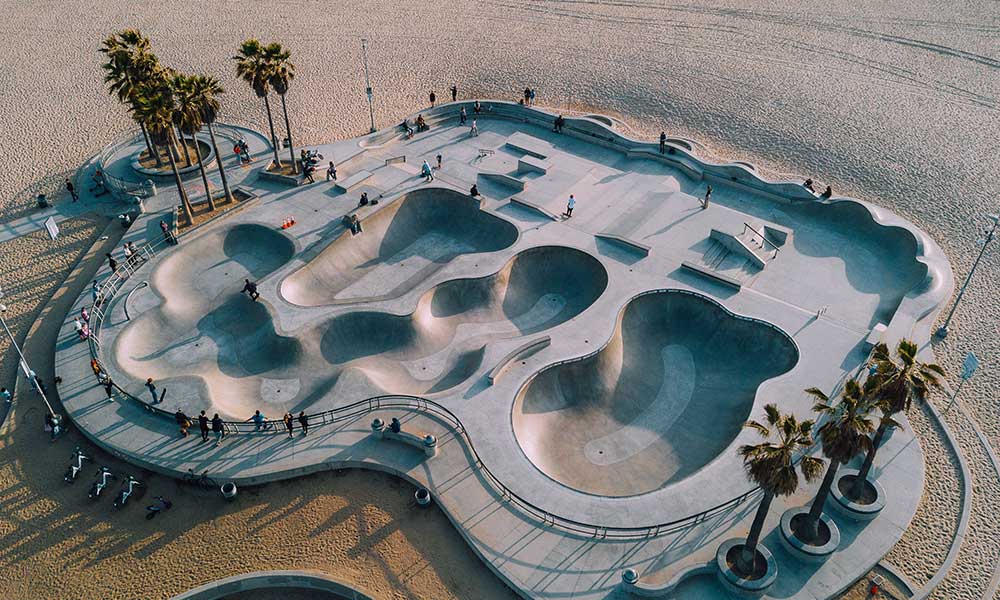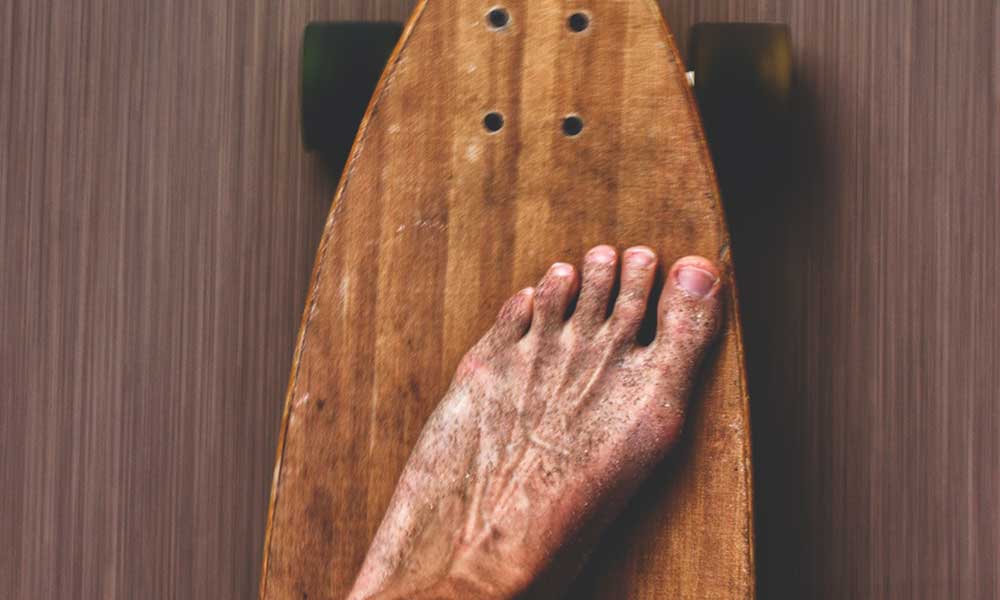Falling is something that we’re all pretty adept at.
Every beginner can tell you how to fall on a skateboard-just try to do something complicated and you’ll be on your butt within a few seconds.
But believe it or not, there is a right way and a wrong way to fall on a skateboard.
In other words, you’re not even doing that right, and if you want to limit damage to your body and your skateboard, all while looking a little less sloppy and haphazard, you need to learn how to fall correctly.
Falling on a Skateboard as a Beginner
Trying to avoid falling as a skateboarder is like trying to avoid getting hit as a boxer.
The more experienced and skilled you are, the less you will fall when skating, but no matter how good you are or how much you practice, it’s going to happen eventually, and you can’t avoid it completely, so the best thing you can do is to prepare for it.
Skateboarding Helmets and Pads
The first thing you need to do is make sure you’re wearing the right equipment.
Protect your head with a helmet, cover your knees and elbows with pads.
These simple considerations won’t stop you from falling, but they’ll make sure that when you hit the ground, you’re less prone to suffering serious injuries.
Forget about looking “weak” and stop focusing on what your friends are and are not wearing.
There’s nothing wrong with wearing a helmet or some pads. It could save you from broken bones and may possibly save your life.
How to Fall Correctly on a Skateboard
When you fall, your instinct is to put your hands out in front of you.
It protects your head and your body, but it also risks breaking your wrists.
Falling on concrete is never comfortable, but if you want to limit serious breaks and injuries, you need to get yourself a pair of wrist guards and learn how to fall on your shoulder and roll.
Tuck in your elbows and roll into the fall, so that your shoulder/back make contact with the ground and not your wrists.
The force of the fall will be softened by the movement of the roll, so you’re not focusing all of that energy on a single point of your body.
Knees take a lot of the strain when you’re skating ramps (and falling), but as long as you’re wearing knee pads, that shouldn’t be an issue.
Quick Questions about Skateboarding Falls & Bails
Always wear a helmet, always protect yourself with knee pads and elbow pads, and follow the tips above if you want to avoid serious injuries after falling off your skateboard.
If you still have some questions about falling without injury, take a look at these quick FAQs.
Does Falling Off a Skateboard Hurt?
It depends on how hard you fall, but it’s certainly not pleasant.
The good news is that you will get used to it eventually, and if you have your head and elbows protected, you’ll negate most of the pain and the injury risks.
How do you Get Over the Fear of Falling?
You can’t learn new skateboarding tricks and pull-off amazing rides without hitting the deck every now and then.
The great thing about skateboarding is that most skaters start when they are very young, at which point they don’t have far to fall, and they also have the feeling of invulnerability that comes with being young.
As they age, they discover that the fall hit a little harder and leave a lasting impact on their bodies, but by that time, they usually stop caring.
If you’re still skating with the fear of falling, just keep doing it and you will get accustomed to it in time.
What are the Most Common Injuries in Skateboarding?
Broken bones are quite common in skateboarding accidents, but the most common injuries are minor grazes, scrapes, bruises, and bumps, and you can lessen these by wearing wrist guards, elbow pads, and learning how to fall.

